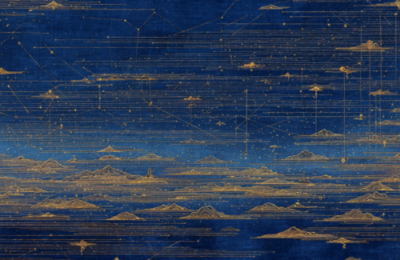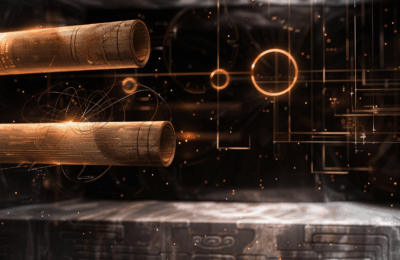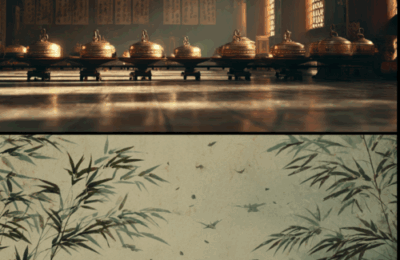《楚文明导航地图》| 五种呼吸,六十缕光
《楚文明导航地图》是一张由六十缕光织成的文明呼吸谱。 当竹简沉睡两千年再度被展开,我们听见的不只是制度、制度、事件,而是一座文明在黑暗中、在风中、在火中、在歌声里,缓缓调息的方式。 这张地图将六十篇楚简新读重新归于五种生命节律——元息、脉息、气息、共息、声息——宛如文明的五种呼吸。 它们不是分析框架,而是古人观看世界的方式,也是我们重新学会呼吸的入口。 从宇宙胎动的第一缕微光,到四季脉动的心跳;从人心的隐语、情绪的暗流,到千万人共享的一口气;从风中的美学,到穿越时间的歌声—— 楚文明告诉我们: 文明的延续,不靠征服,而靠呼吸。 人生的安顿,不靠效率,而靠节奏。 愿这张地图成为你走回源头的一盏灯, 也成为你在喧嚣时代里,重新找到自己的——呼吸之道。 “A Navigation Map of Chu Civilization” is a breathing chart woven from sixty beams of ancient light. When bamboo slips, asleep for two millennia, are unfolded again, what emerges is not merely history or governance, but the quiet rhythm of a civilization learning to breathe— in darkness, in wind, in fire, in song. This map gathers sixty essays into five life-breaths of Chu culture— Primordial Breath, Seasonal Pulse, Human Breath, Shared Breath, Resonant Breath. They are not analytical categories but ancient modes of perceiving the world—and an invitation for us to breathe again. From the first tremor of the cosmos to the pulse of the seasons; from the subtle syntax of the body to the storms of emotion; from the shared breath of a nation to the beauty that travels through time— Chu civilization whispers: A civilization endures not by conquest, but by breath. A life becomes whole not by speed, but by rhythm. May this map be a lantern guiding you back to the source— and a compass for rediscovering your own way of breathing in an age that forgets to breathe.










